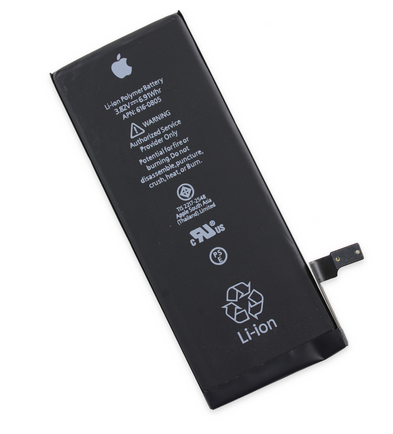Battery Navigation
Latest topics
Search
Battery Statics
Ads
Develop Battery Cathodes from Byproducts of the Paper Industry and Pulp
Page 1 of 1
 Develop Battery Cathodes from Byproducts of the Paper Industry and Pulp
Develop Battery Cathodes from Byproducts of the Paper Industry and Pulp
A research team has designed battery cathodes made of products of lignin from the paper industry and cellulose, which may lead to the production of electrodes cheaper and safer.
This new rechargeable battery cathode is comparable to others that require precious metals or rare raw materials. Grzegorz Milczarek, University of Technology, Poznan (Poland), and Olle Inganäs, University of Linköping (Sweden) lignin derivatives combined with a polymer called polypyrrole, to create this device. His research has been published in the journal Science.
"The advantage of using a renewable material for charge storage is the widespread availability of this material from the cultivation of plants which contain approximately between 20 and 30 percent lignin" said Inganäs.
As underlined by the investigator, lignin is also a low value material, used for combustion. The lithium ion batteries, on the other hand, require metal oxides and some of these materials such as cobalt, are rather rare.
Lignin is the second most common polymer, and is produced in nature by living organisms (such as cellulose). Furthermore, lignin derivatives can be found in abundance in the waste products from paper processing.
As shown in both research study, the insulating qualities of the lignin derivatives can be combined with the conductivity of polypyrrole, to create a composite material containing, in fact, an electric charge.
Moreover, the study has been described how a class of organic compounds known as quinones, allow lignin derivatives yield a proton and the electric charge stored in its place. The polypyrrole is able to cling to these protons loose, until the load is released, and proton back to the quinone group of the lignin derivative.
These rechargeable batteries are still limited, the researchers said, because they slowly lose their charge. However, it also noted that several derivatives of lignin act differently at the cathode, depending on how they are processed, this observation means that there is much scope for optimization of these batteries.
This new rechargeable battery cathode is comparable to others that require precious metals or rare raw materials. Grzegorz Milczarek, University of Technology, Poznan (Poland), and Olle Inganäs, University of Linköping (Sweden) lignin derivatives combined with a polymer called polypyrrole, to create this device. His research has been published in the journal Science.
"The advantage of using a renewable material for charge storage is the widespread availability of this material from the cultivation of plants which contain approximately between 20 and 30 percent lignin" said Inganäs.
As underlined by the investigator, lignin is also a low value material, used for combustion. The lithium ion batteries, on the other hand, require metal oxides and some of these materials such as cobalt, are rather rare.
Lignin is the second most common polymer, and is produced in nature by living organisms (such as cellulose). Furthermore, lignin derivatives can be found in abundance in the waste products from paper processing.
As shown in both research study, the insulating qualities of the lignin derivatives can be combined with the conductivity of polypyrrole, to create a composite material containing, in fact, an electric charge.
Moreover, the study has been described how a class of organic compounds known as quinones, allow lignin derivatives yield a proton and the electric charge stored in its place. The polypyrrole is able to cling to these protons loose, until the load is released, and proton back to the quinone group of the lignin derivative.
These rechargeable batteries are still limited, the researchers said, because they slowly lose their charge. However, it also noted that several derivatives of lignin act differently at the cathode, depending on how they are processed, this observation means that there is much scope for optimization of these batteries.
juda- Posts : 9
Points : 29
Reputation : 0
Join date : 2012-01-13
 Similar topics
Similar topics» A123 to develop battery pack for Shanghai Automotive Industry Corporation
» Sony Unveils Paper-powered Bio Battery
» Panasonic invests $30 million in Tesla to develop batteries
» Global & China Li-Battery Industry Summit 2011
» The 3rd China (ShangHai) International Battery Industry Fair (CNIBF)
» Sony Unveils Paper-powered Bio Battery
» Panasonic invests $30 million in Tesla to develop batteries
» Global & China Li-Battery Industry Summit 2011
» The 3rd China (ShangHai) International Battery Industry Fair (CNIBF)
Page 1 of 1
Permissions in this forum:
You cannot reply to topics in this forum













» Braun Silk Epil 9 Shaver Battery 81377206
» Braun Series 7 Shaver Battery UR18500Y
» Braun Silk Epil 5 Shaver Battery UR14500Y
» Braun Series 3 Shaver Battery HR-AAUV 67030923
» Logitech UE Wonderboom 2 Bluetooth Speaker Battery 533-000154